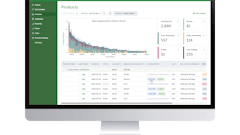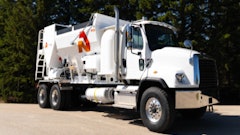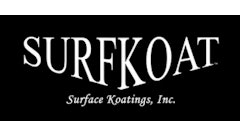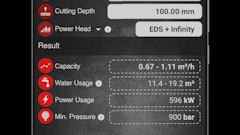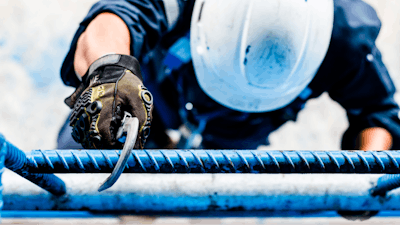
 Aric Getty, Global Head and Vice President, 3M Personal Safety Division for Hearing and Body Protection3M Personal Safety Division
Aric Getty, Global Head and Vice President, 3M Personal Safety Division for Hearing and Body Protection3M Personal Safety Division
Largely, the standards most applicable for fall protection in the U.S. have had minimal performance changes over the past 5 years. The most current is the new ANSI/ASSP Z359.14-2021 document that became effective August 01, 2023, which defines the performance criteria for all SRDs claiming compliance with the new document.
The most critical change within this document has been the identification of two new classifications for SRDs. These two new classifications have new performance requirements, which include changes to deceleration distances, arresting forces, static loading requirements, clearance charts, and labeling just to mention a few. More details can be found at ANSI-ASSP-Z359.14-2021 Updated Standard.
CC: Has fall accidents decreased over the years? If so, what do you think is the cause?
Sadly, the incident rates for falls from height have increased over the years. They continually land on OSHA’s top 10 list and as of 2022, Fall Protection sits at number 1 on the violations list.
CC: What has been the most hazardous aspect of a concrete construction project?
This is a tough one. One of the largest hazards in concrete construction is purely the level of activity happening on the jobsite. There are often carpenters, fabricators, erectors, steel and rebar installers, decking handling, and then the concrete delivery systems and vehicles. The fact that you are dealing with a substrate that is not supportive until it has cured is yet another obstacle. Having and assigning dedicated and active spotters responsible for monitoring these applications is critical to all aspects of safety in a concrete construction project.
CC: Aside from providing the necessary equipment, what are some on-site strategies for contractors?
Training and regular retraining is key to any effective PPE program. Workers who have a clear understanding and line of sight to the employers’ expectations are crucial elements in any safety program. Secondly, employers must be involved in understanding their employees’ work practices, jobsite activities, and proper use of the provided PPE in their intended applications. No training program should ever be viewed as a “One and Done.”
CC: How does a contractor know their safety equipment is up-to-date and safe?
This aligns with proper training and education on the particular PPE in question. Often, PPE manufacturers and equipment distributors will offer equipment inspection courses to aid employers in these types of programs. Read the user instruction manuals at a minimum to identify key elements of inspection criteria and involve your equipment manufacturers.
CC: What has been the advancement/innovation that had the most impact in safety equipment in recent years?
The most recent advancements in fall protection technology have been introduced by revisions to the outgoing ANSI/ASSP Z359.14-2014 standard for self-retracting devices (SRDs).
The new ANSI/ASSP Z359.14-2021 document (effective August 01, 2023) defines the performance criteria for all SRDs claiming compliance with the new document. The most critical change within this document has been the identification of two new classifications for SRDs. In the U.S., the newly revised ANSI/ASSP Z359.14-2021 introduces new SRL classifications based on the SRL anchorage installation height.
As an example, in most mobile elevated work platforms (MEWP) designs, the fall protection anchorages are located below dorsal D-ring height. Therefore, Class 1 SRL devices will be restricted for use based on current anchorage height locations in MEWPs. For below dorsal D-ring anchorage applications, use of Class 2 rated ANSI/ASSP Z359.14-2021 compliant SRL will be required to maintain ANSI/ASSP Z359 compliance and compliance with the Class 2 device manufacturer’s user instructions. Class 2 devices are approved and certified to be connected below the user’s dorsal D-ring height, and additionally, are approved for use in leading-edge exposures and increased free fall heights which are quite common in MEWP environments.
Resources:


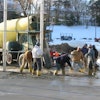
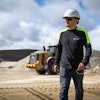
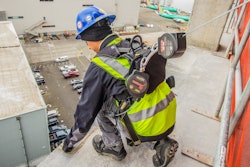

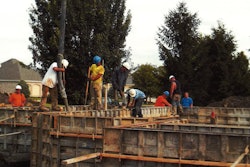
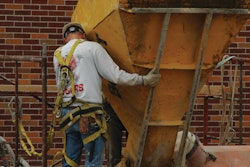
![Fcp Racatac Chair 10893876[1]](https://img.forconstructionpros.com/mindful/acbm/workspaces/default/uploads/2025/10/fcp-racatac-chair-108938761.10l0At5WXv.png?ar=16%3A9&auto=format%2Ccompress&bg=fff&fill-color=fff&fit=fill&h=135&q=70&w=240)





